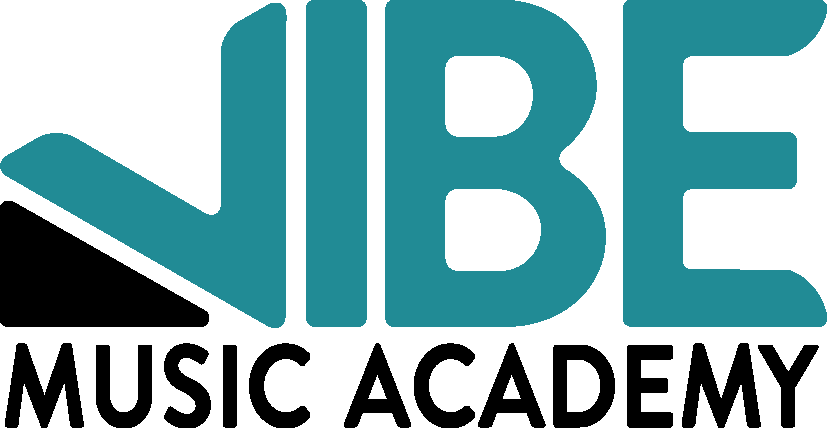Teaching music is funny thing. Sometimes, really difficult concepts are easy for students; other times, easy concepts are difficult. Sometimes, music lessons feel like math class; other times they feel like art class.
A good music teacher is one who excels in all of it, and one of the best tells of a good music teacher is how they teach complex concepts in a way that makes them sound simple.
While I'm by no means the best music teacher in the world, over time I have discovered a few effective methods of simplifying some of those tougher concepts. I'm going to share one of those methods today so that you can share it with your music student.
A lot of students have a hard time reading and understanding rhythms. We're talking quarter notes, eighth notes, whole notes, etc. All that stuff is so crucial to a music student's success, but it can be tricky to grasp when they're first learning what it all means.
Whole note (4 beats), Dotted half note (3 beats), Half note (2 beats), and Quarter note (1 beat).
I used to struggle to try to have my students memorize all these note names and their beat duration, until one day - out of thin air - I thought of a little visual explanation. I took a white sheet of paper and tore it in to four quadrants, like so...
Then, I said to my student, "This is a delicious paper pie... yum... (This is typically when the student proceeds to tell me about the first time they tried to eat paper. Always a funny moment)." Then I asked, "How many pieces is the whole pie?" They said four, and then I put my whole note flashcard on top of it and said, "A whole note is four beats."
Next, I took two of the pieces away, like so...
I then said, "How many pieces is half of the pie?" They told me two. I put my half note flashcard on top of the two pieces and explained, "A half note is two beats."
I took one more piece away...
I asked, "How many pieces is a quarter of the pie?" They told me one. I put my quarter note flashcard on top of the piece and said, "a quarter note is one beat."
Then I showed them my dotted half note flashcard and said, "This looks like a half note with a little extra something (a dot) next to it, right?" So I arranged the paper pie like so...
...and I said, "I added a little something (an extra piece) to half of the pie. How many pieces do we have now?" They said three. I put my dotted half note flashcard on top of the three pieces and explained, "A dotted half note is three beats."
Finally, I quizzed them to see if they could arrange the pie according to all four different note values. They did it flawlessly.
It's a very simple, even corny, way of teaching students basic rhythmic note values, but I've since done it with all of my beginner music students - regardless of age - and it works like a charm! From then on, whenever we're talking about rhythms, I refer them back to the paper pie visual, and they remember the note names and beat values instantly.
It's little tricks like these that help de-mystify the seemingly-daunting world of music to students. It's not only important that your music student is learning all the "right" concepts in music, but it's even more important that they learn them from a good teacher. The teachers at Vibe Music Academy are experienced professionals who help their students tackle these foreign topics in a simplified way. Check out their bios, and sign up for a free lesson with one of them, today!
- John Gotsis, Owner and Music Instructor at Vibe Music Academy, Hamilton County, Indiana







